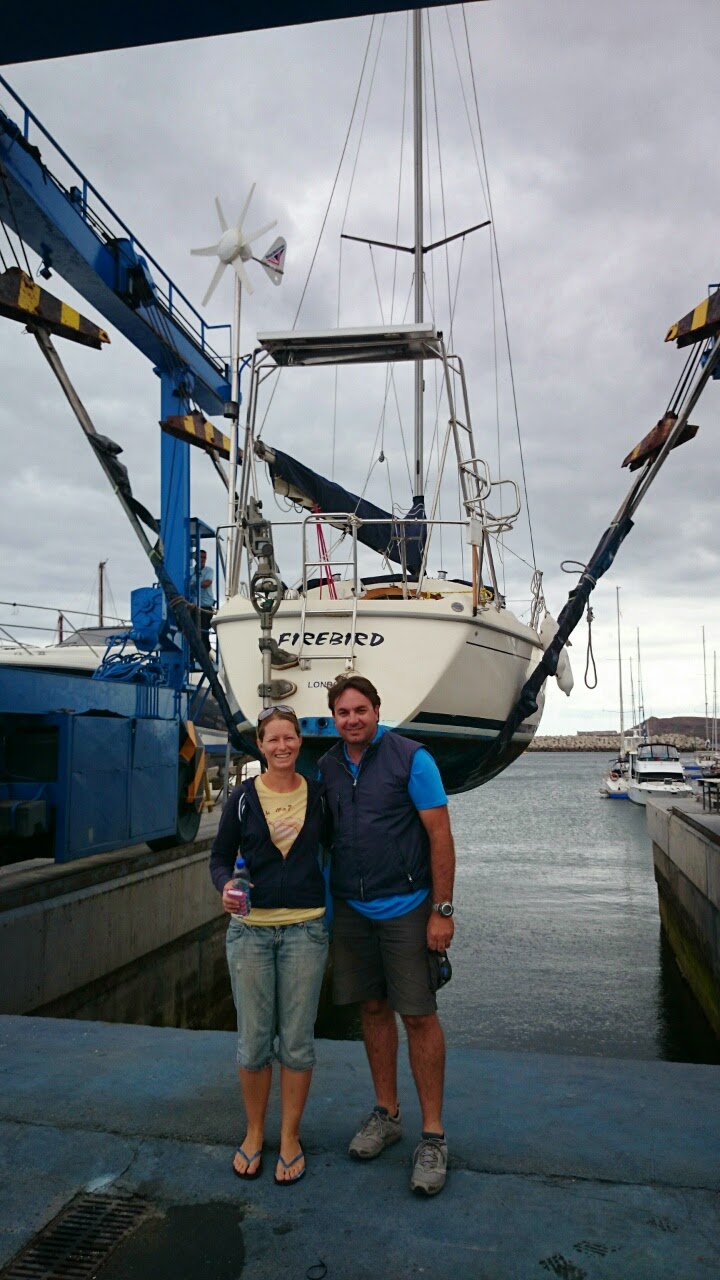I have just finished reading a book about WWI submarines. Thankfully, we're not hunting boats in the way that they used to, although there have been similarities. In those early submarines, which had no way of filtering their environment, the air used to become repugnant after a lengthy dive. Following a curry night, I have been running re-enactments in the interests of historical appreciation. It turns out that Kate doesn't appreciate history much.
We have been making viewings of potential replacements for Firebird. The objective is to find a really strong boat that can take almost any amount of punishment.
Fibreglass
First we looked at our options in fibreglass. It seems that a small hull would have more strength than a larger one.
That being said, we decided that Kate would probably need slightly more space for her shoes and handbags, so we ruled out fibreglass.
Wood
We know the least about wood in terms of boat construction techniques, but we have heard that a well made wooden boat can tackle anything. After all, Knox-Johnston's Suhaili sailed comfortably non-stop round the world and that was ages ago.
With so little knowledge of wood, we had to trust the sellers to tell us about the condition of their boats. The owner of this one said that she only had cosmetic damage and would be as good as new after a lick of paint. He seemed like a nice guy and we had no reason to doubt him.
This seller told us that yes, there is a hole in the hull, but with wood, this doesn't represent a problem and in fact, we should think of the hole as a benefit by way of gaining a convenient way to fish.
We then remembered that although Knox-Johnston had made it round the world in Suhaili, he also had to dive into shark infested water in order to carry out a repair below the water line which was causing his boat to fill with water. Maybe wood isn't for us after all.
Steel
Now we're talking. Aluminium boat owners will probably tell you that you may as well save yourself a lot of time and effort and instead of buying a steel boat, just buy a rusty old barbecue in which to burn your money. I don't know what they think the problem with corrosion is. We found this boat which was really spacious and rust hardly seems to be a problem.
We have seen some fine vessels and the choice is going to be a hard one. The search continues.












